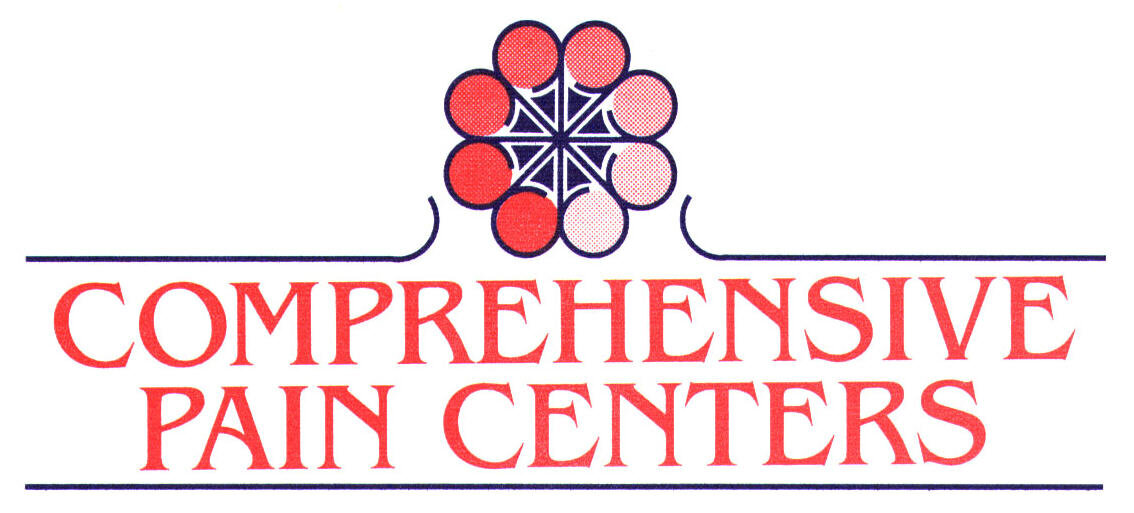How Spinal Cord Stimulation is a Good Treatment for Pain
Electricity, mainly from electric fish, was used for thousands of years to treat pain and other conditions. The modern era of neuromodulation began in the early 1960s, first with deep brain stimulation which was soon followed (in 1967) by spinal cord stimulation, both for otherwise intractable pain. Spinal cord stimulation is now used for many different problems in pain symptomatology. It is effective for neuropathic pain syndromes which will usually cause burning, stabbing, sharp shooting type pain symptomatology. Some of the common pain syndromes where spinal cord stimulation could be effective for intractable pain include:
Back and leg pain from nerve damage from multiple surgeries
Complex regional pain syndrome
Neuropathies
Neck and arm pain
Nerve pain from nerve injury
Pain from low blood flow in the legs and feet
Diabetic neuropathy
Shingles pain
Pain from amputation
Spasticity from multiple sclerosis
Spinal cord stimulation is done in two steps. The doctor will do a comprehensive history and physical examination followed by a trial of spinal cord stimulation. During treatment, a small catheter with electrodes is placed in the epidural space and the spinal cord is mapped for the area where the pain is located. The patient will feel a tingling sensation in the area of the pain which is usually described as a soothing sensation covering the pain. If the trial is successful, it gives the patient more than 50% relief and the ability to function without too much discomfort. Then we may recommend proceeding with a permanent implant. Spinal cord stimulation is a reversible procedure, it does not destroy or cut any nerves or cause any further damage.
If you are suffering from intractable pain from any of the above conditions, call Comprehensive Pain Centers. Our board-certified pain physicians are experienced and equipped in addressing your pain conditions with spinal cord stimulation.

